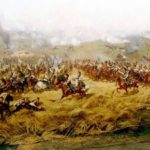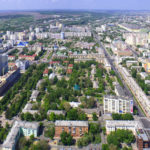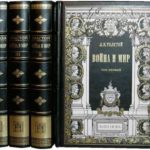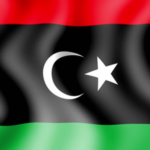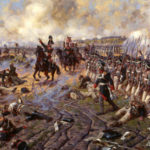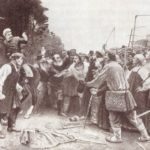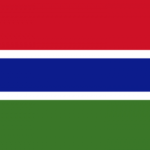15 interesting facts about the Civil War in Russia
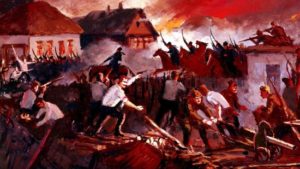 In Russia, the Civil War caused terrible destruction, undermining the economy and pushing the country in development years ago. And this is not to mention the fact that millions of people became its victims. The confrontation between the Reds and the Whites lasted several years, but in the end ended with the victory of the Bolshevik forces, thereby giving rise to a new state.
In Russia, the Civil War caused terrible destruction, undermining the economy and pushing the country in development years ago. And this is not to mention the fact that millions of people became its victims. The confrontation between the Reds and the Whites lasted several years, but in the end ended with the victory of the Bolshevik forces, thereby giving rise to a new state.
The revolution took place in 1917, and the Provisional Government ousted in 1918 came to power. That is why, according to Russian law, it is believed that the Civil War began in 1918, and ended in 1922.
In fact, it began with the October Revolution, and the February Revolution gave it a new impetus.
The White Guards in 1918 proclaimed Omsk the capital of Russia. The city performed this function for a year and a half.
During the Civil War in Russia, an independent state was proclaimed – the Far Eastern Republic. It existed for about two years, playing the role of a buffer state between Russia and Japan.
The Civil War officially ended on December 30, 1922, when an agreement was signed on the formation of the USSR.
According to statistical studies, about 10.5 million people died during the war years.
After the Civil War, about 2 million Russian emigrants went in search of a better life in other countries. Many left for Europe, the USA and South America, in particular, to Argentina. Many Russians live there now.
The interim government was headed by A. Kerensky, who came to power as a result of the October Revolution. But a few months later, during the February Revolution, he was overthrown by the Bolsheviks.
After the Civil War, most private property was nationalized.
Not all participants in the Civil War in Russia supported the Reds or the Whites. Many of them did not agree with either one or the other. They are usually united under the collective name “Greens,” because the armed forces of most of them waged a guerrilla struggle to one degree or another.
During the Civil War in Russia, troops entered more than ten countries into our country. Most of them supported the White movement. Even such distant states as India and Australia sent their troops.
From 1918 to 1922 several dozen state entities managed to appear and disintegrate in the territory of the former Russian Empire.
After the Civil War, Russia went on a hunger strike, as agriculture was undermined and production levels fell by about 40%.
The longest resistance of the White Guards continued in the Far East. There, it was actually suppressed only in June 1923.
After the outbreak of the Civil War, the White movement supported slightly more than half of the officers. The rest, for the most part, have joined either the Reds or the various “Greens”.

